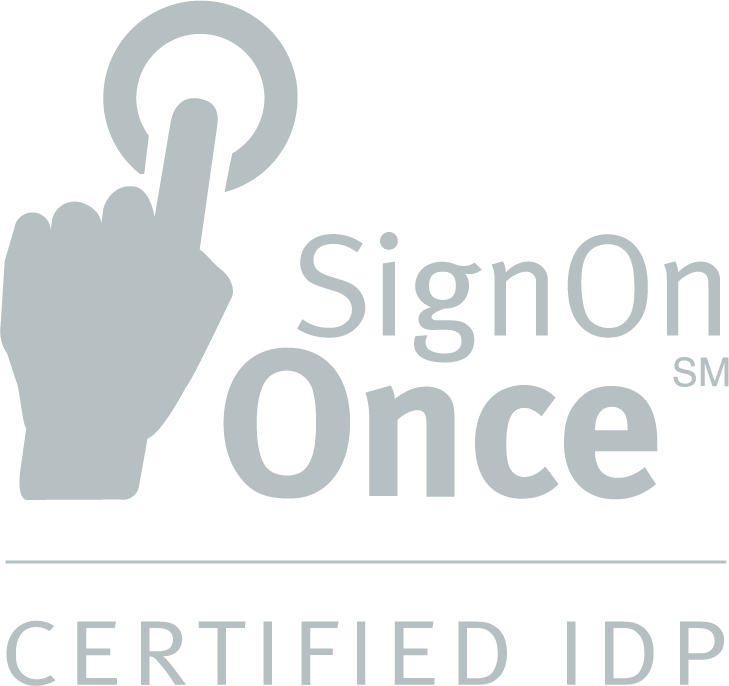Insurance commission structures are designed to serve as motivation for agents, but leveraging them effectively can be challenging for carriers. As the main framework for compensation in the industry, the details of each structure as defined in each service level agreement determine exactly how much an agent earns for their efforts, and the terms differ for each insurer and product.
Given the many possible nuances, it’s no wonder that 67% of independent agents cited clear and accurate commissions statements as the most important factor when it comes to working with carriers in a recent Vertafore survey.
For carriers, the process of managing insurance commissions when numerous independent agencies, producers, and products are involved only adds to the complexity of these payment structures. Competitive carriers face the compounding challenges of managing commissions while maintaining compliance and motivating agents to drive growth, and agents just want a simple way to know how much they can expect to take home.
Insurance commission structures: The basics
An insurance commission is the percentage of a premium (paid by a policyholder) that goes to an agent or producer. The exact percentage is determined by each carrier for each product and recorded in every service level agreement. These commissions can be structured in multiple ways, including upfront commissions, which provide immediate payment to an agent for bringing in new business. Alternatively, they can be structured as residual commissions (also known as renewal commissions), which reward agents for retaining their clients over time.
Upfront versus residual commissions
Upfront commissions are paid upon the sale of a particular policy and provide a quick return on investment for an agent. These commissions tend to be higher, however they are paid only once. Carriers leverage upfront commissions to motivate faster growth for new markets or offerings, but upfront commissions are not a solid source of ongoing income for producers.
In contrast, residual commissions are drawn from ongoing premium payments, effectively rewarding agents for building long-lasting relationships with their end-insured clients. These commissions can be more attractive to an agent looking for steady income by investing more energy into renewals and client retention, success measures that are also highly determinative for a carrier’s bottom line.
In designing their commissions structures to align with an overall strategy, a carrier has to strike the right balance between reward and revenue. Focusing too much on upfront commissions might incentivize agents to prioritize new sales over existing customers. Overreliance on residuals could reduce short-term sales incentives, potentially hampering growth.
As a carrier’s business needs change, the strategies behind commission structures change, too, which is why maintaining accurate, accessible records of each contract's details is of the utmost importance.
More commission structures, more problems
As carriers increase their product offerings or expand their sales partnerships, managing multiple insurance commission structures becomes increasingly complicated. Different policies—such as life, health, or property—usually come with distinct commission models. For example, life insurance often has a higher upfront commission than property and casualty (P&C), whereas health insurance offerings tend to operate on residual commissions.
Given the direct link between compensation plans and agent incomes, insurance carriers must ensure consistency in tracking and payment: Discrepancies in commission payouts can lead to confusion, disputes, or compliance failures that carry the risk of costly penalties.
Commission structures and hierarchies
In addition to different commission structure types, carriers also leverage commission structure hierarchies that further complicate commission management. From individual agents to team leaders, managers, and brokers, commission percentages can vary based on a producer’s role within their organization. In some cases, producers working under a team leader or broker may receive a lesser percentage of their supervisor’s commission, adding another layer of detail to the management process.
Carriers depend on technology solutions to design and manage these multi-tiered structures transparently, but the wrong system can turn complexity into confusion that negatively impacts the agent experience. Clear communication and simple, automated processes are essential for maintaining trust within each producer partnership.


